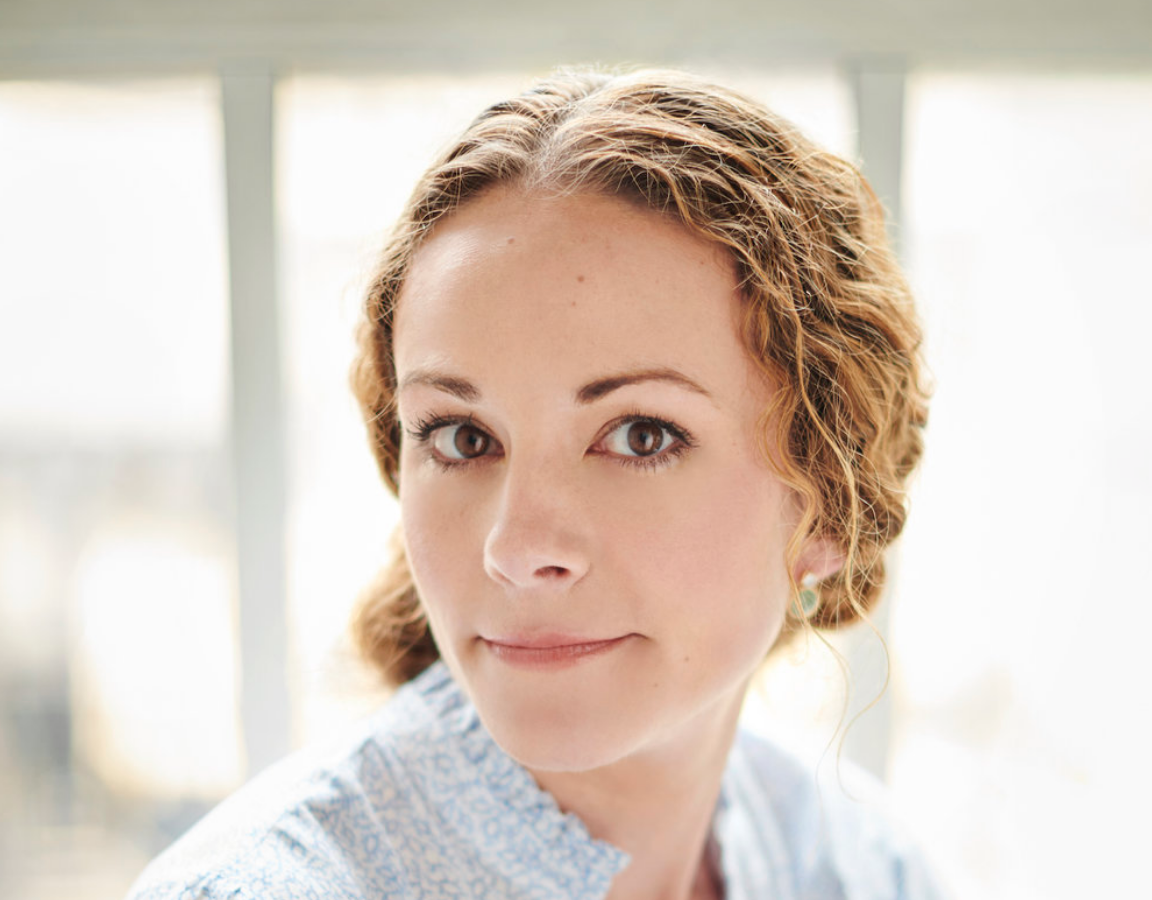
“I started thinking about ways in which the girls could cause trouble. I don’t think I had figured all this out consciously, but it made a lot of sense to me that the problem should come from their bodies.”
Sources of Clare Beams’ Inspiration:
Imagining landscapes across time
The theater of the classroom
Invented novels within novels
Little Women and texts from that era
Clare Beams and I met at the Bread Loaf Writers Conference, where she was the fellow supporting Joshua Weil, my workshop instructor. I was already an admirer of her debut collection, We Show What We Have Learned, winner of the Bard Fiction Prize and a finalist for many other prestigious awards, including the Shirley Jackson Award, the New York Public Library’s Young Lions Fiction Award, the PEN/Robert W. Bingham Prize, and more. Her stories are so impressively ranged and inventive. “Ailments” is set in 1665 and is about a woman harboring feelings for her sister’s husband who works as a plague doctor. This unsettling story is immediately preceded in the collection by “The Saltwater Cure,” a wistful account of the gentle charlatans who run an inn located next to a reputed “miracle” saltwater marsh in the 1930s. During her reading of the title story, in which a teacher literally falls to pieces in front of her students, there were thrilled gasps from the audience in the little theater.
When galleys became available for her much-anticipated debut novel, The Illness Lesson, I immediately requested a copy. The novel follows a prominent Transcendentalist, Samuel Hood, whose fame has been on the decline for many years since the failure of his last experimental utopian community. When a flock of bright red birds descends upon his farm, he takes it as a sign to establish, alongside his daughter, Caroline, and his “flock” of followers, a radical new project: a school that would strive to educate girls with as the same intellectual rigor and spiritual seriousness as schools for boys. Though all seemingly goes well at first, the girls begin to manifest disturbing and unusual symptoms: a red spot in the eye, rashes, and seizures. After traditional remedies are tried, a sinister physician is brought in to tend to them, raising the question: Despite the good intentions of Samuel and his followers, who really controls the autonomy of these girls’ bodies, the girls themselves or these men?
This winter, Clare and I had a phone conversation about her brilliantly eerie novel.
—Mary South
THE BELIEVER: With The Illness Lesson, how did you know that it should be a novel and not a story? And where...
You have reached your article limit
Sign up for a digital subscription and continue reading all new issues, plus our entire archives, for just $1.50/month.
Already a subscriber? Sign in




